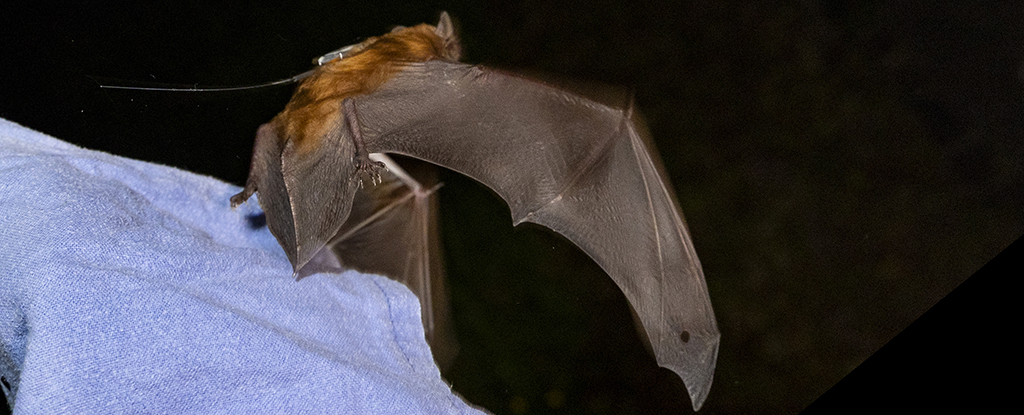Miniscule fragments of plastic pollution invade the human body every day without our knowing it, not just from eating and drinking but from simply breathing.
By some estimates, the average person inhales a credit card’s worth of plastic every week with unknown health effects. In 2022, scientists found microplastics hiding in the deepest parts of the human lung for the first time.
The worldwide spread of plastic has not only crept up on us, it has crept up in us, and scientists are now rushing to figure out where these pollutants go when we breathe them in, how long they stick around for, and if they have toxic effects.
Researchers at the University of Technology Sydney (UTS) have now tracked the passage of plastic as it flows through the respiratory system. Their model builds on a pioneering attempt in 2023 to identify hotspots where microplastics and nanoplastics might gather in our airways.
That prior study focused mostly on modeling the upper airway tract, but the new study considers how air and particles flow through the entire tract, “from the nasal cavity down to the 13th generation of the bronchial tree”.
It also models three different breathing rates – slow, medium, and fast – and three different sizes of plastic fragments; large microplastics, microplastics, and nanoplastics.
The result is a delicate balance, the researchers say, between the way that gravity drags plastics onto a surface and the way that wind blows them along a passageway.
At a normal breathing rate, the model suggests microplastics in the air can come to cover half the surface area of a nasal cavity. At slower breathing rates, medium-sized pollutants were largely deposited in the upper airway, including the nasal cavity, the voice box, and the junction where the windpipe connects to the throat. Meanwhile, smaller, dust-like particles were distributed more evenly throughout the upper and lower respiratory tract.
“Larger microplastics displayed a tendency for rapid deposition in the upper airways, whereas smaller nanoplastics exhibited a higher likelihood of escape or reaching deeper airway generations,” the researchers conclude.
The team says that future models should include information on how plastic particles might infiltrate the alveolar sacs, where the oxygen and carbon dioxide are exchanged, and also how the mucus and cilia in the respiratory tract might trap or clear out plastic infiltrators.
Their findings support previous studies that led scientists to suspect that the smaller the plastic fragment, the more likely it is to penetrate deeper into the lung, possibly infiltrating the alveolar sacs where crucial gas exchange occurs.
It’s not just degraded plastic products, like drink bottles, that are causing this threat, either. Common cosmetic products, like gritty toothpaste, are made purposefully with these tiny fragments. Some reports estimate that in India, toothpaste is responsible for emitting 1.4 billion grams of microplastic particles each year.
When breathed in, experimental evidence strongly suggests that such tiny plastics have the capacity to trigger inflammation, oxidative stress, lung tissue damage, or systemic dysfunction in the respiratory tract. So far, however, research on the potential health outcomes of microplastics is mostly confined to animal models and human cells.
One recent exception was a study among surgery patients, which found that those who had more plastic in a main artery of their body had a higher chance of heart attack, stroke, or death in the following years. Given the ramifications, associations between cardiac health and plastic pollutants needs to be further explored.
“Plastic particle air pollution is now pervasive and inhalation ranks as the second most likely pathway for human exposure,” says mechanical engineer Suvash Saha from UTS.
For the health of humans everywhere, it is crucial that toxicologists fully understand where these ubiquitous particles are going when we breathe them in and what they are doing to our bodies.
The study was published in Environmental Advances.





